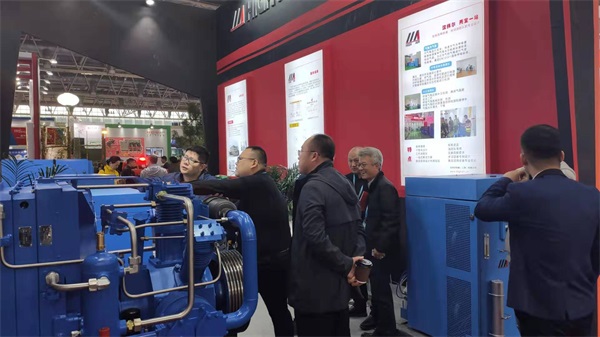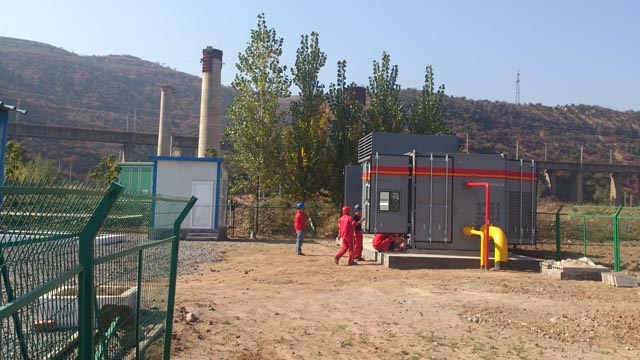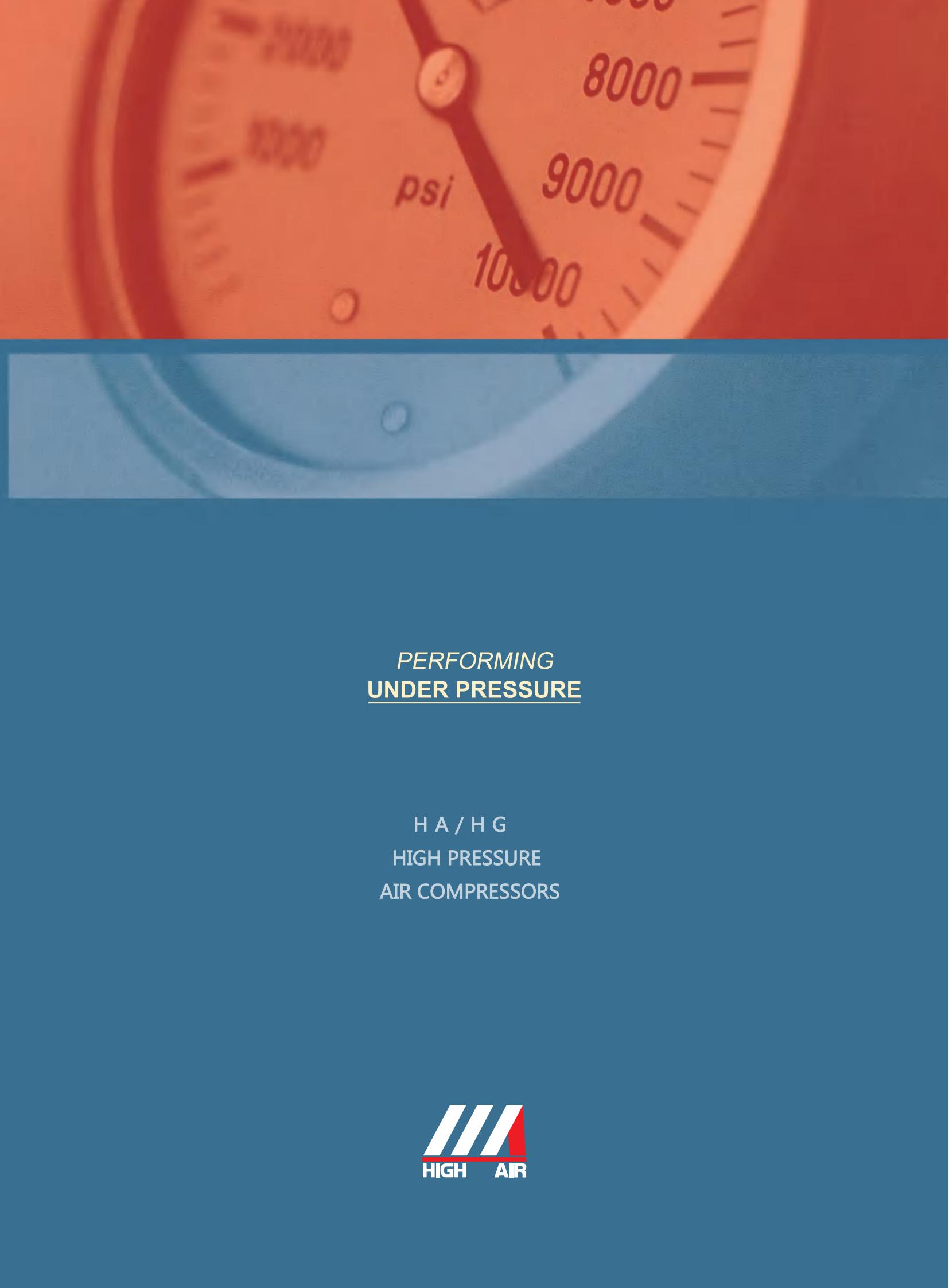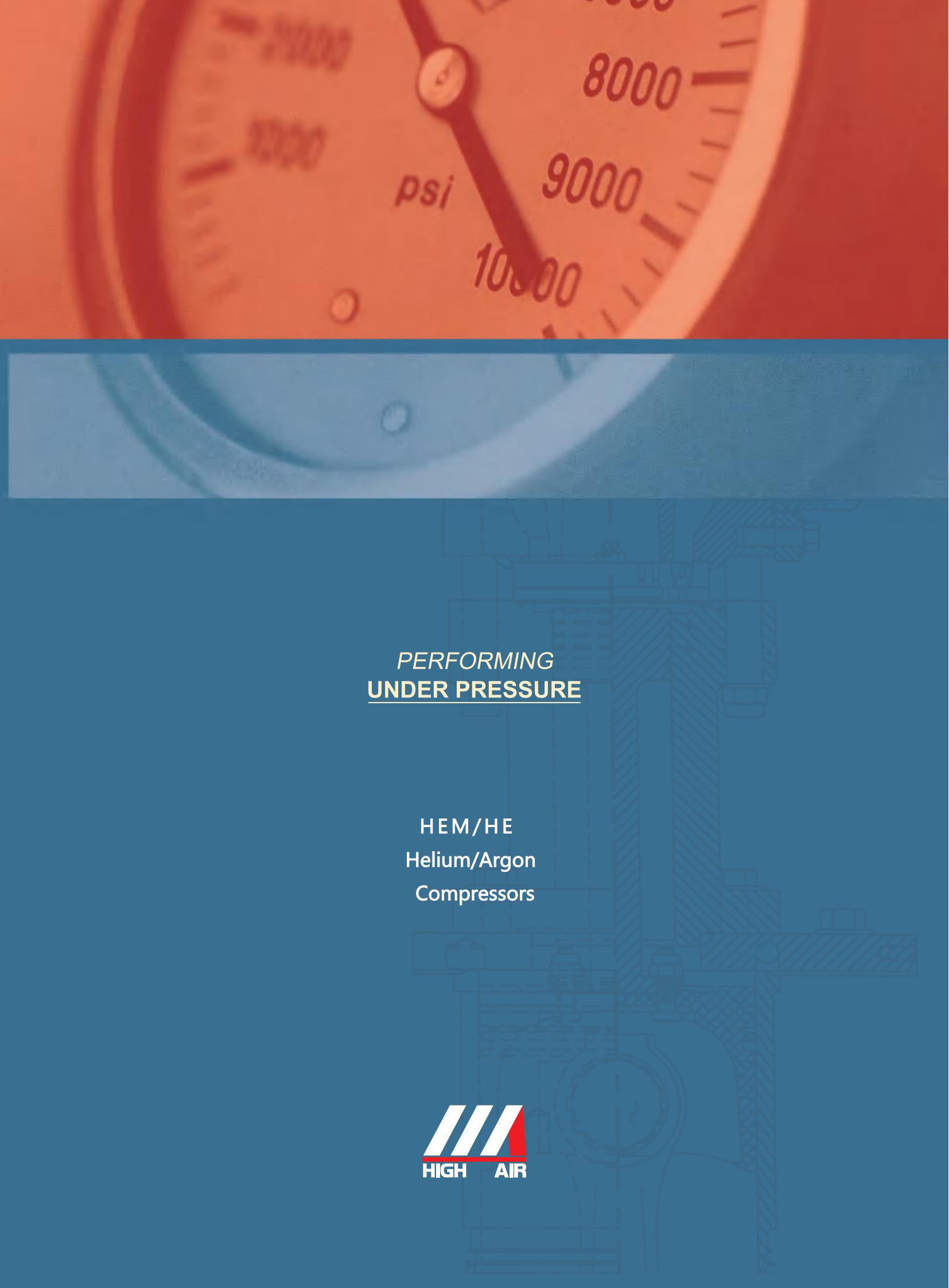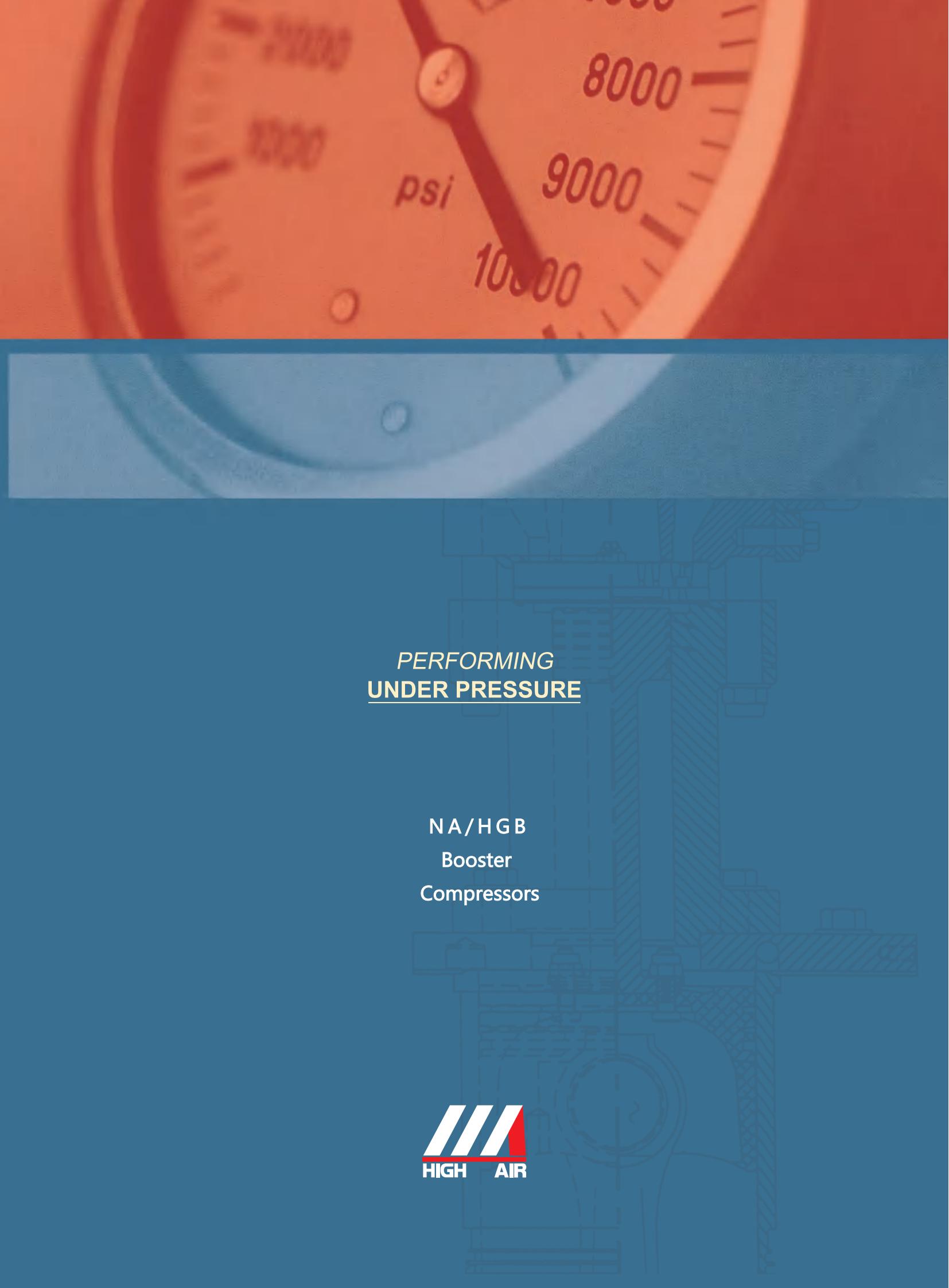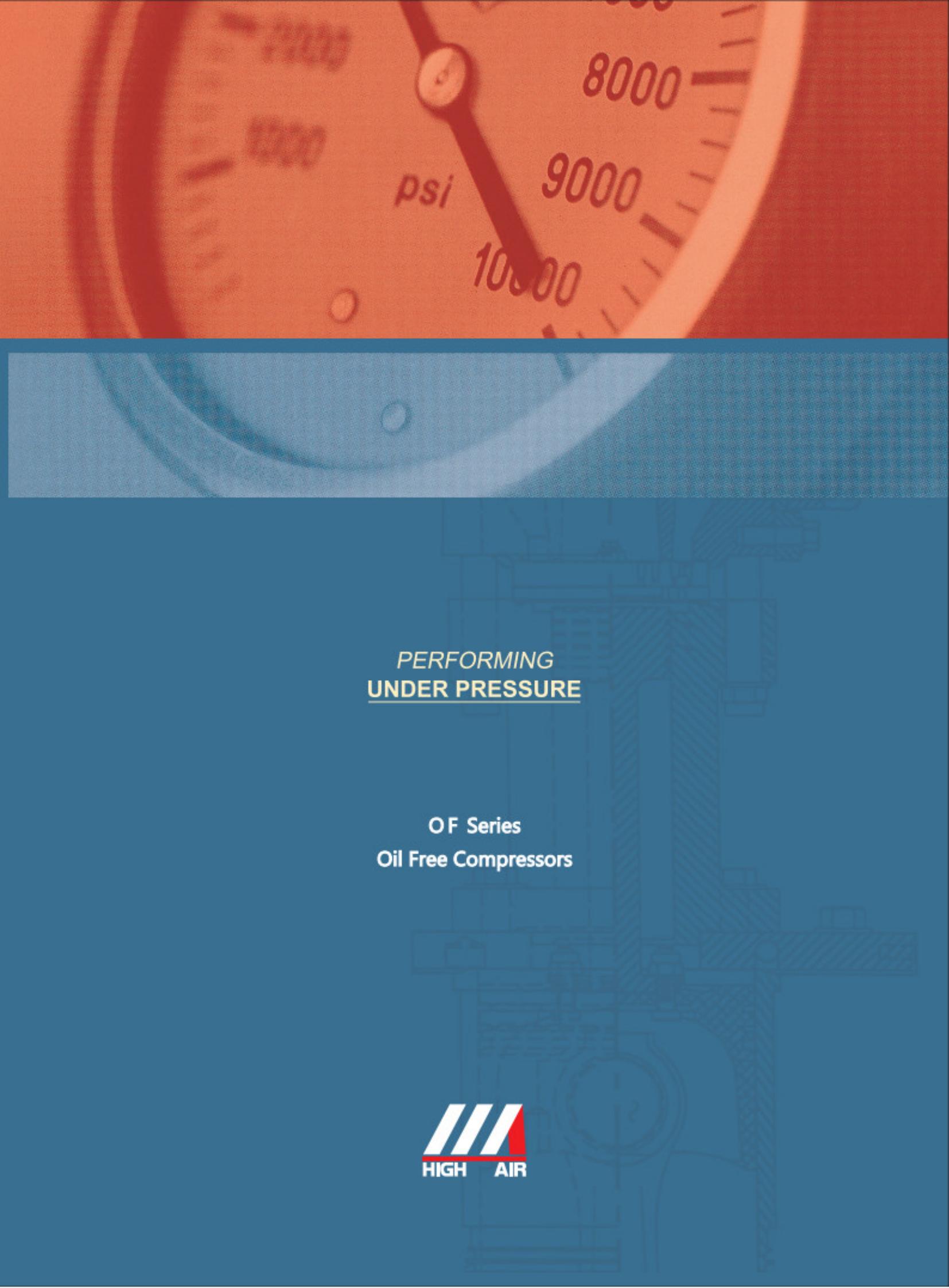Difference between Variable Frequency Motor and Ordinary Motor
Difference between Ordinary Asynchronous Motor and Variable Frequency Motor Ordinary asynchronous motor is designed according to constant frequency and constant voltage, so it is impossible to fully meet the requirements of variable frequency speed regulation. The following is the influence of frequency converter on motor's efficiency and temperature rise. No matter which type of frequency converter, harmonic voltage and current of different degrees are produced in operation, which makes the motor run under non-sinusoidal voltage and current. According to the data, taking the commonly used sine wave PWM frequency converter as an example, its lower harmonic is basically zero, and the remaining higher harmonic component which is about twice as large as the carrier frequency is 2u+1(u is the modulation index). Higher harmonic will cause the increase of stator copper loss, rotor copper (aluminum) loss, iron loss and additional loss, and the most significant one is rotor copper (aluminum) loss.
Because the asynchronous motor rotates at a synchronous speed close to the fundamental frequency, the high harmonic voltage cuts the rotor bar with a large slip, which will produce a great rotor loss. In addition, additional copper consumption caused by skin effect should be considered. These losses will make the motor generate extra heat, reduce the efficiency and reduce the output power. For example, if the ordinary three-phase asynchronous motor runs under the non-sinusoidal power supply output by the frequency converter, its temperature rise will generally increase by 10%-20%. At present, many small and medium-sized frequency converters adopt PWM control mode.

